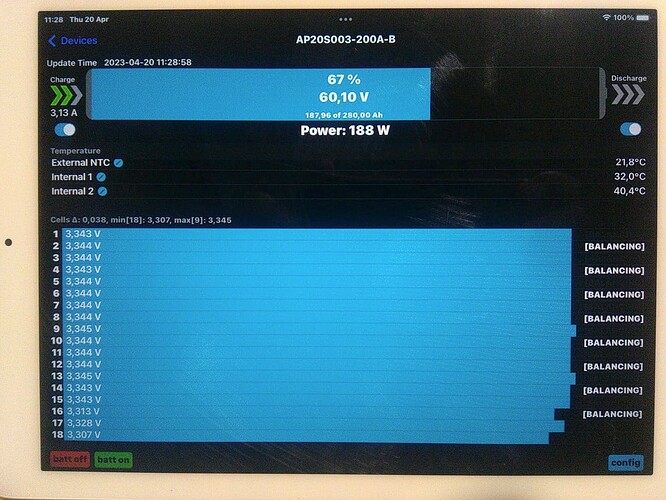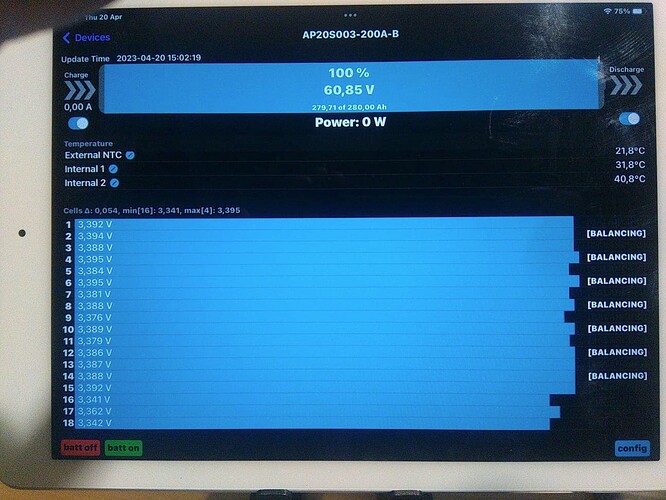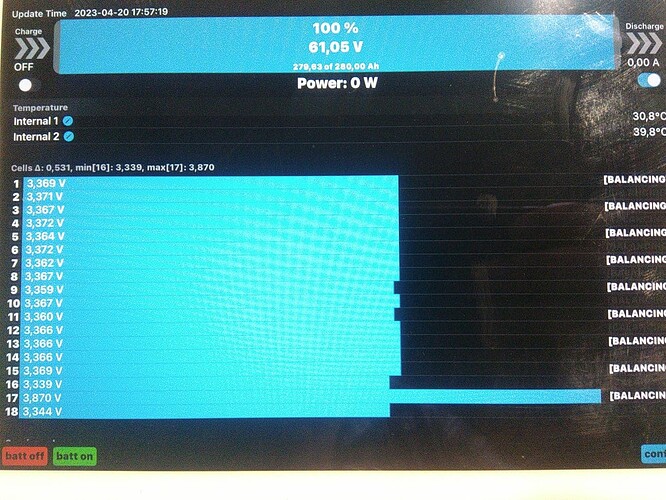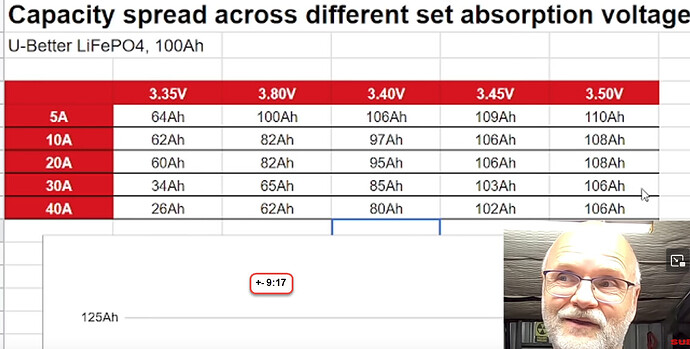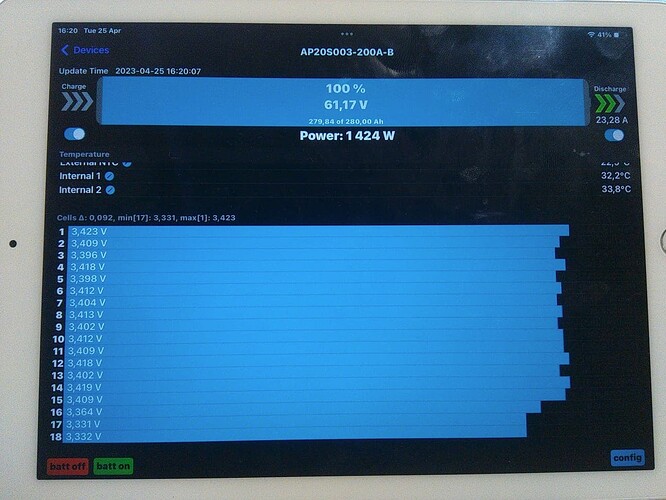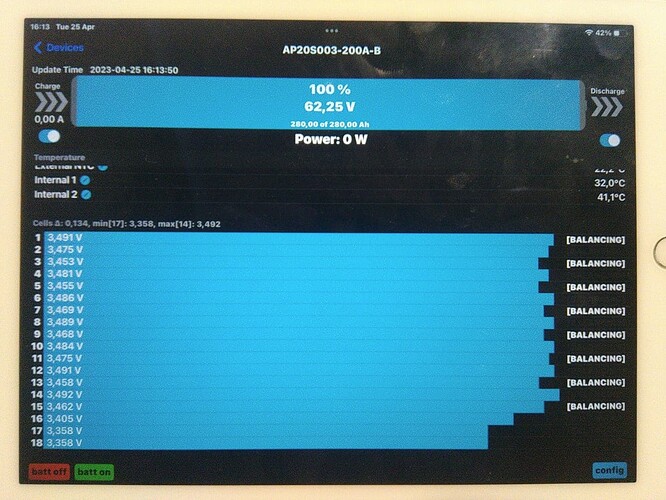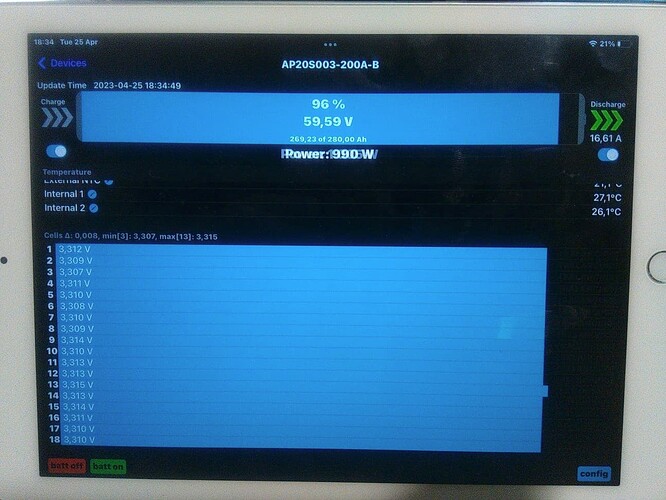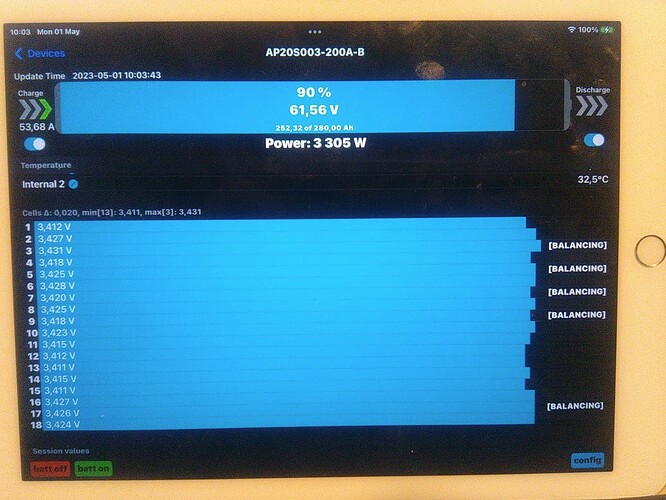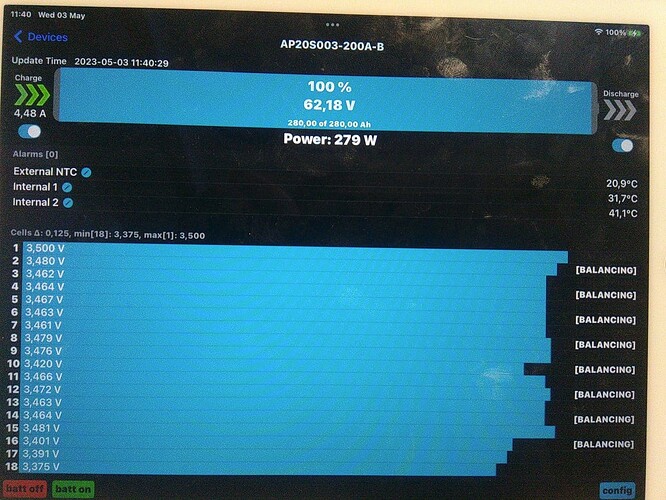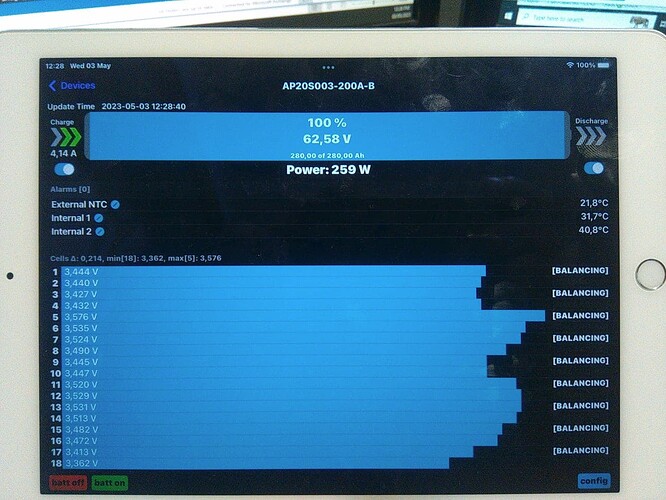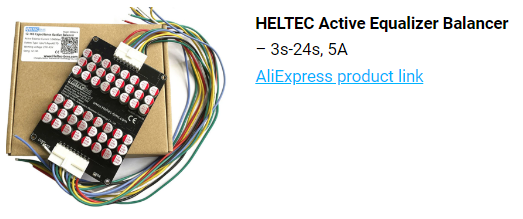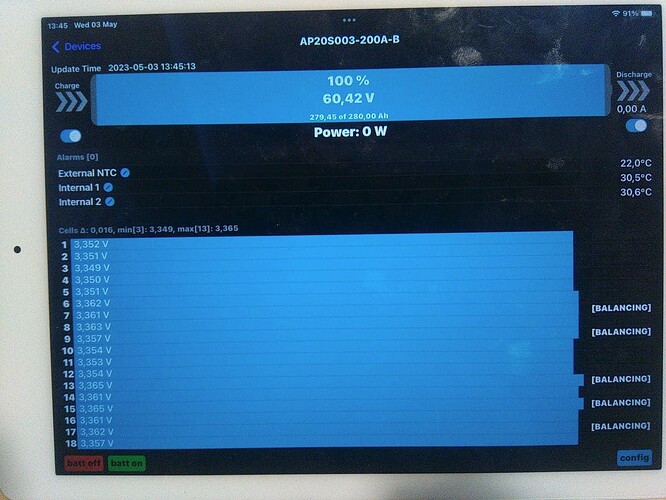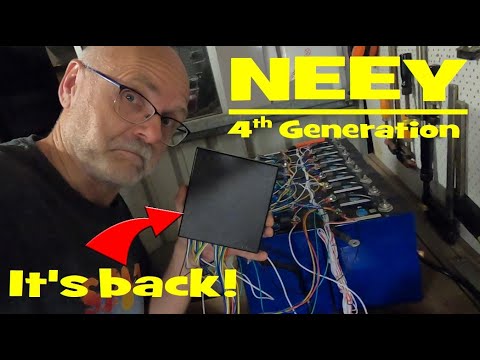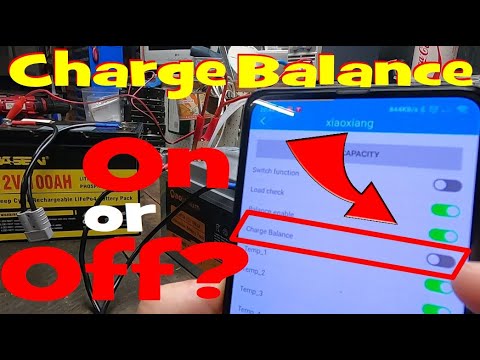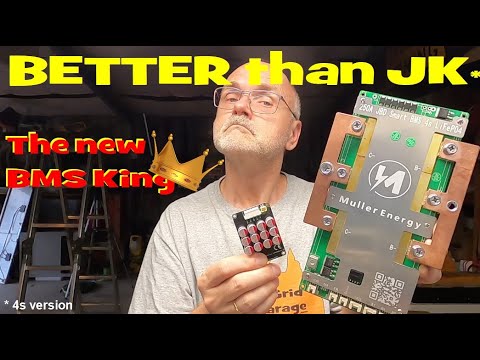Bah … what is this GIGA thing you speak of?
Do you mean this?
And that after I said something about FOCUSSING … ???
Ok ok mense, Relax! … 4.2v is where the cell goes BOOM … and I can say:
"I let the smoke out!! - of a Lifepo batt.
"I let the smoke out!!
"I let the smoke out!!
Na na Nana na na, yeah yeah I’m a w … ok, enough of that.
I’ve got this ok!!! …
Why did that cell shoot out?
EV peak counts the amps going in right? The max is 250ah, I need 280ah.
Sooooo, what if one was to set it to LiLo, at 180ah at 3.85v, you can get mos close to 280ah right (?) Ah x volts thing.
… but ONLY if the aH counter is not resetted … I forgot that, must stop at 220ah not start when the bank is full and then the aH count starts at 0, a teeny weeny peeny little detail see … do NOT do this at home unsupervised. Just a Tittibitty that … and IF you do … Do. NOT. WALK. AWAY. or read a forum … nope, don’t
The big drama:
LS + bad weather + ones BMS keeps on balancing when discharging, the correct technical term … is a “cluster f…”.
The whole week was like:
Set Balancer manually On, Balancer Off, On, Of …
Having to keep a damn close eye on schedules, or balancer will mess it all up, by setting starting volts higher when discharging and lowering it before the sun takes over to get a longer “balancing session”.
PITA I tell you. PITA … if I could have spoken to the tea girl I could have asked for some tea …  .
.
Got BMS fixed AT LAST this afternoon. 
When the supplier said: My engineer says it works … yeah right, let me speak to the tea girl then please, she knows more …
Ok, now that that is out of the way …made LS work for me:
Started to drain at 4kw (have to wangle loads with leads) during the LS … did you know our dishwasher, induction plate, air fryer, MW can all work nicely, one at a time, sometimes 2 at time on a 4kw inverter? 
Recharge at max after LS is over … over and over … still a hell of a lot faster than parallelling.
Ideal settings are:
10a at 3.35v - discharge as low as I can … 17kWh is a LOT to discharge.
Recharge at 10a at 3.38v.
etc.
Ps. It is better to balance cells with a constant current, Eskom. With panels, it takes longer.
And I’m getting there … faster and faster.
I’m up to 3.4v tonight.
Pic an example Plonk, when you spot the date.

So, now to see how the "fixed’ BMS behaves … for now.
Also found this gem … whilst watching the BMS all on my own, alone.
So be patient young one (ito dabbling with this stuff) … I should not have said: Here, hold my beer … it is warm now, isn’t it?
